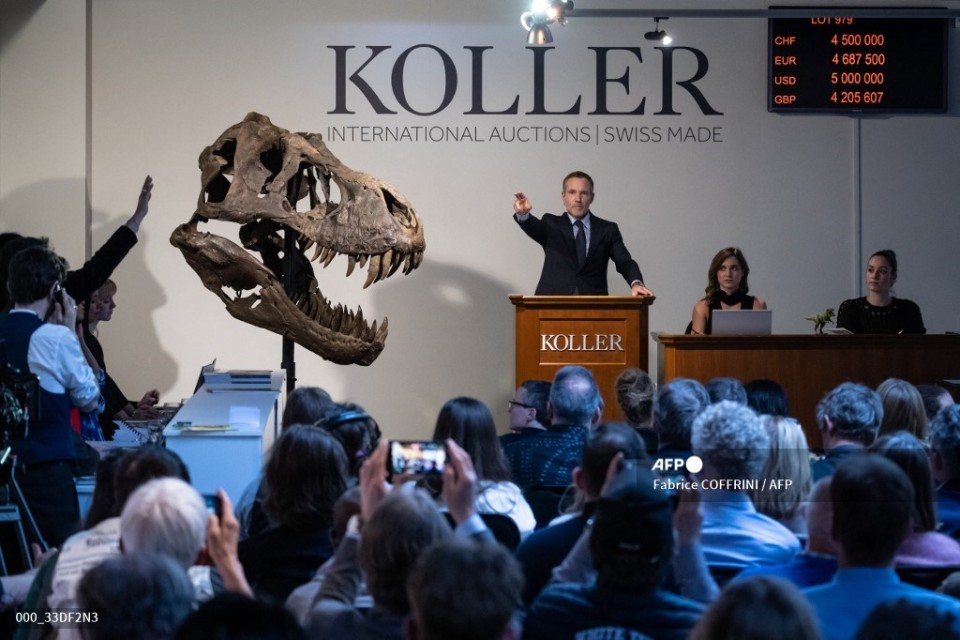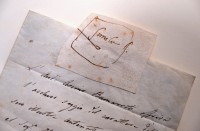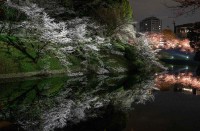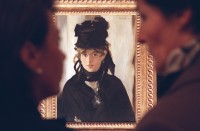
(AFP) Zurich, Switzerland
by James RYBACKI
A composite Tyrannosaurus rex skeleton called Trinity, made up of bones from three different T-Rexes, sold for 5.5 million Swiss francs ($6.1 million) in a rare auction on Tuesday.
The skeleton was sold at the Koller auction house in Zurich after being shipped from the United States in nine giant crates.
Trinity fetched a hammer price of 4.8 million Swiss francs, rising to 5.5 million with the buyer’s premium added on.
The skeleton was put up for sale by an anonymous US private individual and had been expected to fetch between five and eight million Swiss francs.
It was bought by a private European collector of modern art and dinosaur relics.
Auctioneer Cyril Koller said it was the third T-Rex skeleton ever sold at auction, and the first in Europe.
“It was a wonderful auction because we showed Trinity for two-and-a-half weeks in the concert hall in Zurich. And so more than 30,000 visitors came and admired Trinity; a lot of children,” he told AFP.
Koller voiced optimism that although the skeleton had been sold to a private buyer, it would remain on public display.
“I’m 100 percent sure we will see Trinity in the future somewhere again,” he said.
The skeleton measures 3.9-metres high, 11.6 metres long and 2.65 metres wide.
– Experts have bone to pick –
As its name suggests, Trinity is made up of bones from three dinosaurs — excavated between 2008 and 2013 from the Hell Creek and Lance Creek formations in Montana and Wyoming.
The sites are known for the discoveries of two other significant T-Rex skeletons that have gone to auction.
“Sue” went under the hammer in 1997 for $8.4 million, before “Stan” took the world-record hammer price of $31.8 million at Christie’s in 2020.
On Trinity, vertebrate palaeontologist Thomas Holtz — who is against the sale of such specimens — told AFP it was “misleading” and “inappropriate… to combine multiple real bones from different individuals to create a single skeleton.”
Just over half of the bone material in the skeleton comes from the three Tyrannosaurus specimens — above the 50 percent level needed for experts to consider such a skeleton as high quality.
Holtz, of the University of Maryland, remained sceptical, insisting that Trinity “really isn’t a ‘specimen’ so much as it is an art installation”.
He also took issue with auctions of significant dinosaur skeletons and other fossils, which have raked in tens of millions of dollars in recent years.
Experts have warned such trade could be harmful to science by putting the specimens in private hands and out of the reach of researchers.
But Christian Link of Koller stressed that 95 percent of known T-Rexes are currently in museums.
© Agence France-Presse







